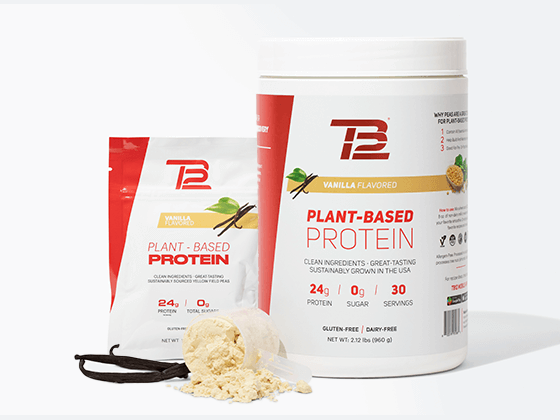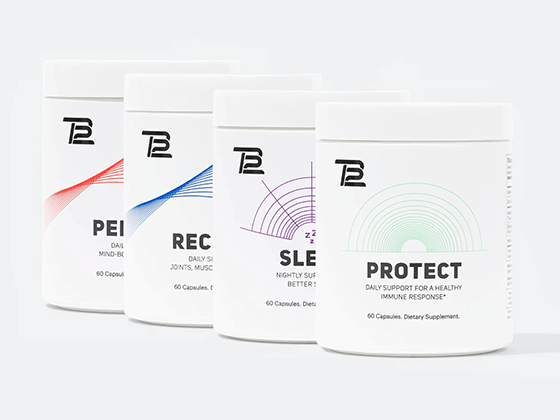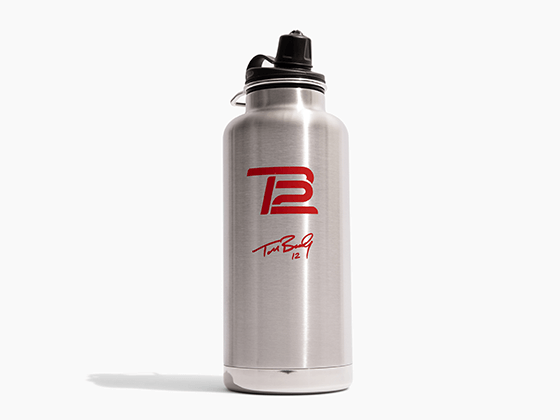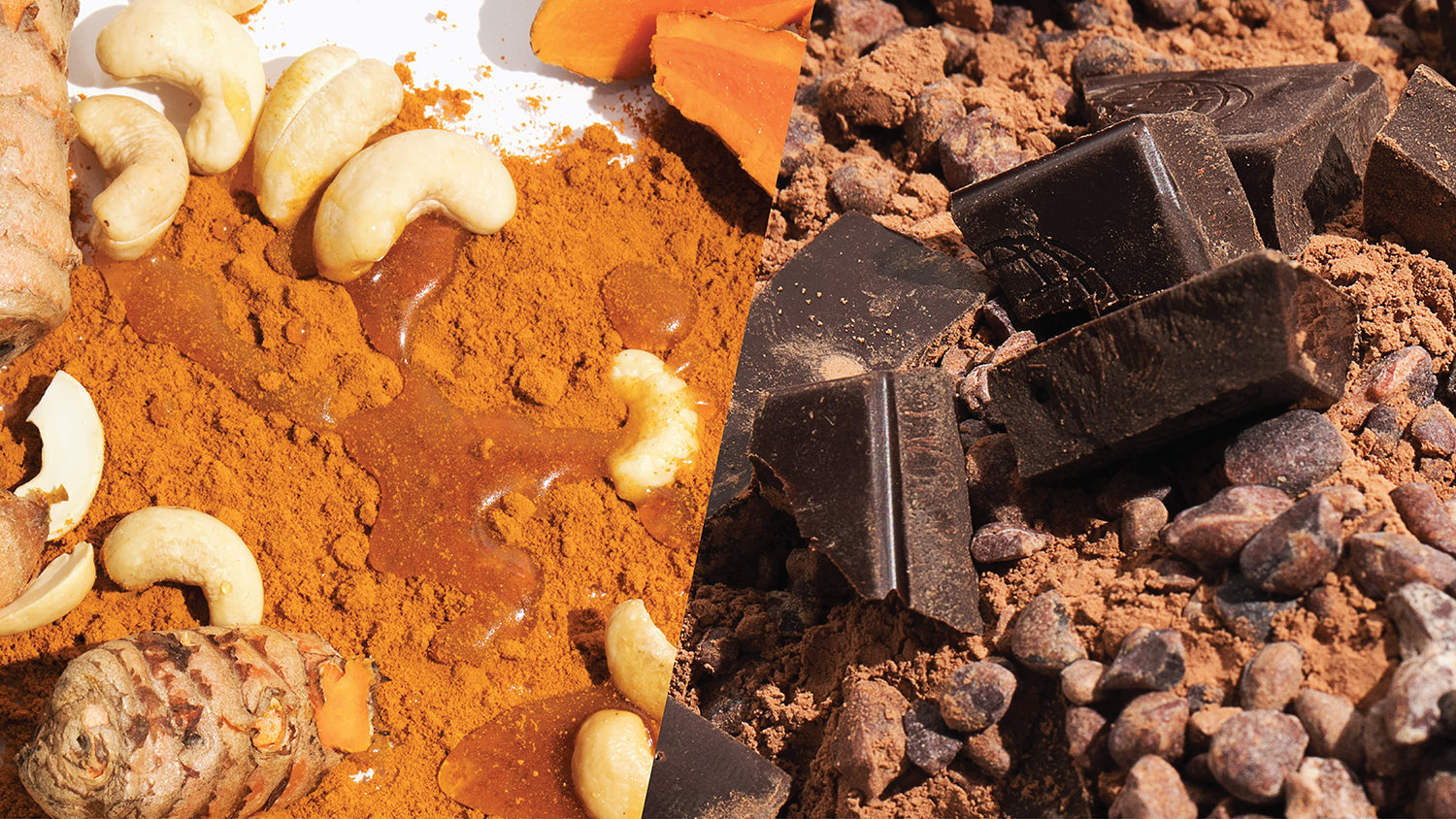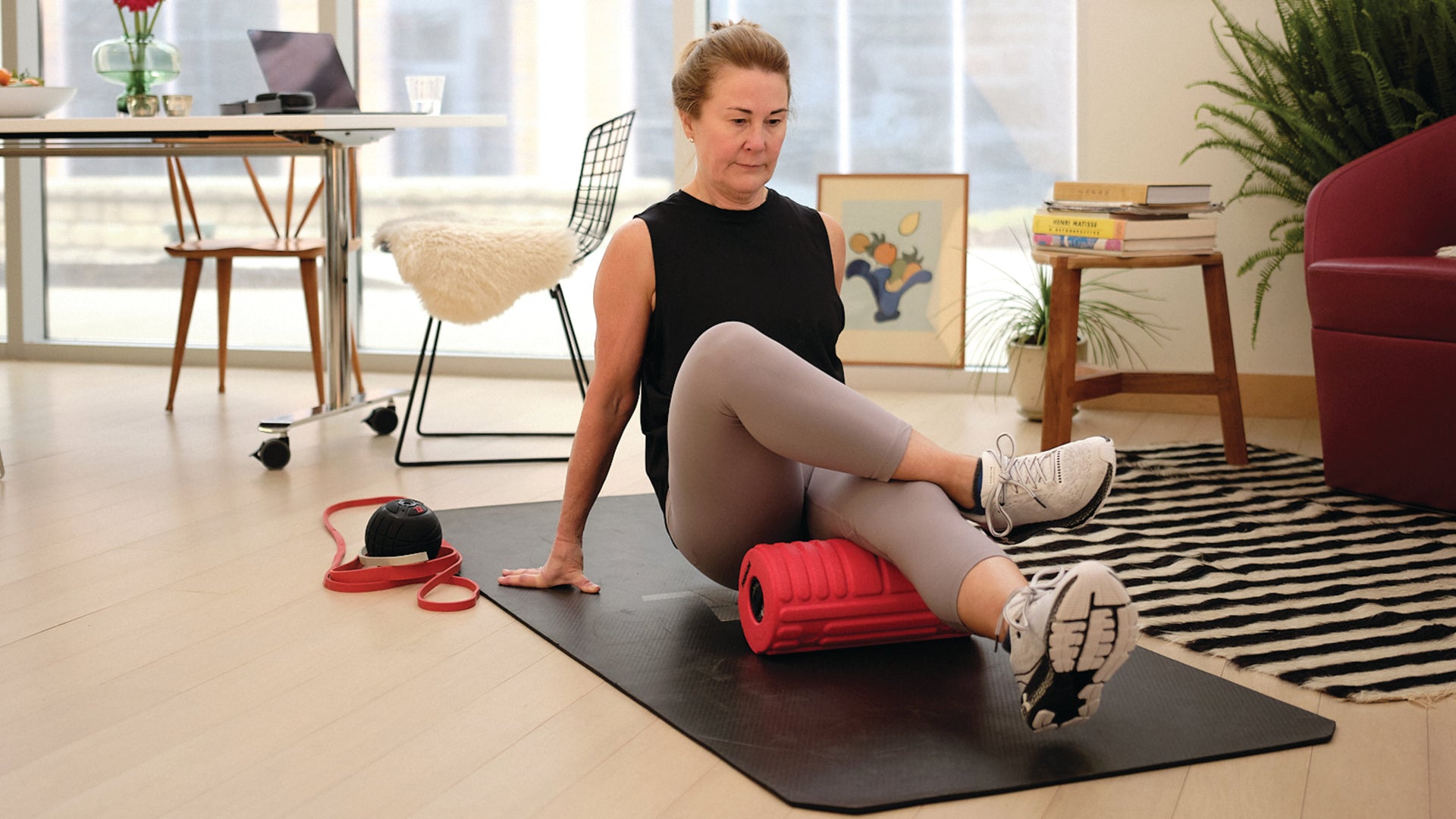Plantar fasciitis occurs when you have increased tension and inflammation through the connective tissue (fascia) in the bottom of your foot. The fascia reaches from your heel to your toes with the main function of supporting the muscles and arch of the foot. When this tissue becomes inflamed it can be very painful through the bottom of the foot and heel. Often this can present with sharp pain first thing in the morning when you get up to walk stepping out of bed.
Treatment
Four ways to help recover:1. Use a self pliability device like a TB12 Vibrating Pliability Roller or Sphere to maintain tissue pliability. Pliable muscle is long, soft, and lean tissue that is able to fully absorb and distribute forces. Spend time in the target muscles or in the area of pain or discomfort, as well as the surrounding structures to maximize tissue pliability and decrease tension in symptomatic areas. Take time to roll your entire lower extremity (think quads, hamstrings glutes) but spend extra time underneath the foot, calf, front of the shin. Pre- and post-run pliability work is the best way to maintain pliable muscles and limit muscle tightness to combat plantar fasciitis. Pliable tissue will keep you on track no matter what your target distance is!
2. Stay hydrated to maintain muscles that are ready to go! Drink half your body weight in fluid ounces of water every day. Water can help your joints, muscles, and improve your pliability increasing muscular performance and function. Hydration aids in maintaining low inflammation levels. Water also works to aid tissue repair and growth, transports nutrients to your cells, and helps with the removal of waste.
3. Focus on quality of nutrition. Most of these injuries are caused by inflammation through the repetitive forces involved in running. It is important to keep the amount of inflammation in our bodies to a minimum. What we eat influences our inflammation levels.
4. Gain muscle symmetry and balance through low impact training using TB12 Handle or Looped Resistance Bands. Resistance bands allow muscles to be efficient and strong through a full range of motion without overloading the joints. Cross training with resistance bands reduces the risk of overloading structures like those in the bottom of your foot. The focus of resistance band training should be to increase core strength, dynamic hip stability, and single leg balance.
Banded Glute bridge
Front Plank
Single leg 90/90
Bodyweight Squat
Anterior reach

